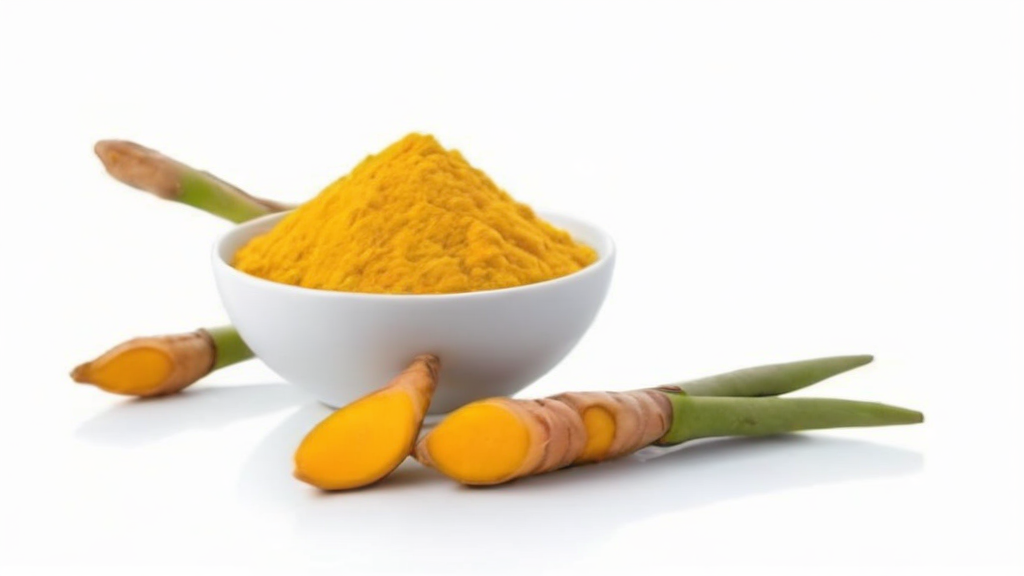What is turmeric?
Turmeric is a food highly valued for its medicinal properties. It is obtained from the root of the herbaceous plant Curcuma longa, belonging to the Zingiberaceae family. Its deep orange root is used both fresh and dried and ground in Indian cuisine and Ayurveda medicine. Turmeric is known for its warm, slightly bitter flavor, and is widely used as a main ingredient in curries, providing a yellow-orange color to dishes.
Benefits of turmeric
Turmeric has numerous health benefits. Its curcumin molecule gives it anti-inflammatory properties, making it one of the most effective foods in this regard. In addition, it has been shown that curcumin can inhibit the growth of tumor cells in different types of cancer, such as ovarian, breast, colon, liver, lung, pancreas, stomach and bladder. Turmeric has also been observed to slow the progression of metastases and enhances the activity of chemotherapy and radiotherapy Other benefits of turmeric include its antioxidant effect, its ability to protect the mucous membranes, liver and kidneys from the side effects of chemotherapy, its usefulness in the treatment of inflammatory diseases such as arthritis and osteoarthritis, its ability to prevent cardiovascular diseases, Parkinson’s and Alzheimer’s, and its effectiveness in the treatment of gastrointestinal diseases such as liver fibrosis and inflammatory bowel disease.
Interactions and recommendations
It is important to note that turmeric can interact with oral anticoagulants and antiplatelets, so it is recommended to consult a doctor before consuming it.
Forms of consumption
The recommended amount of turmeric is at least 5 grams per day, which is equivalent to half a teaspoon of coffee. To improve its absorption at the intestinal level, it is advisable to consume it together with black pepper, which enhances its absorption, and a little extra virgin olive oil or flax oil. It has also been observed that its effectiveness increases when combined with genistein present in soy, citrus juice or green tea [[4]](https://foroprompt.com/prompt-generar-articulo-blog-seo -expert-chat-gpt/).
culinary use
Turmeric can be added to a wide variety of dishes, such as soups, stews, rice, vegetable juices and salads. You can also prepare an infusion with green tea, pepper and a few drops of lemon juice. Combines especially well with rice dishes, stews, lentils, eggplant, spinach, chicken and fish
